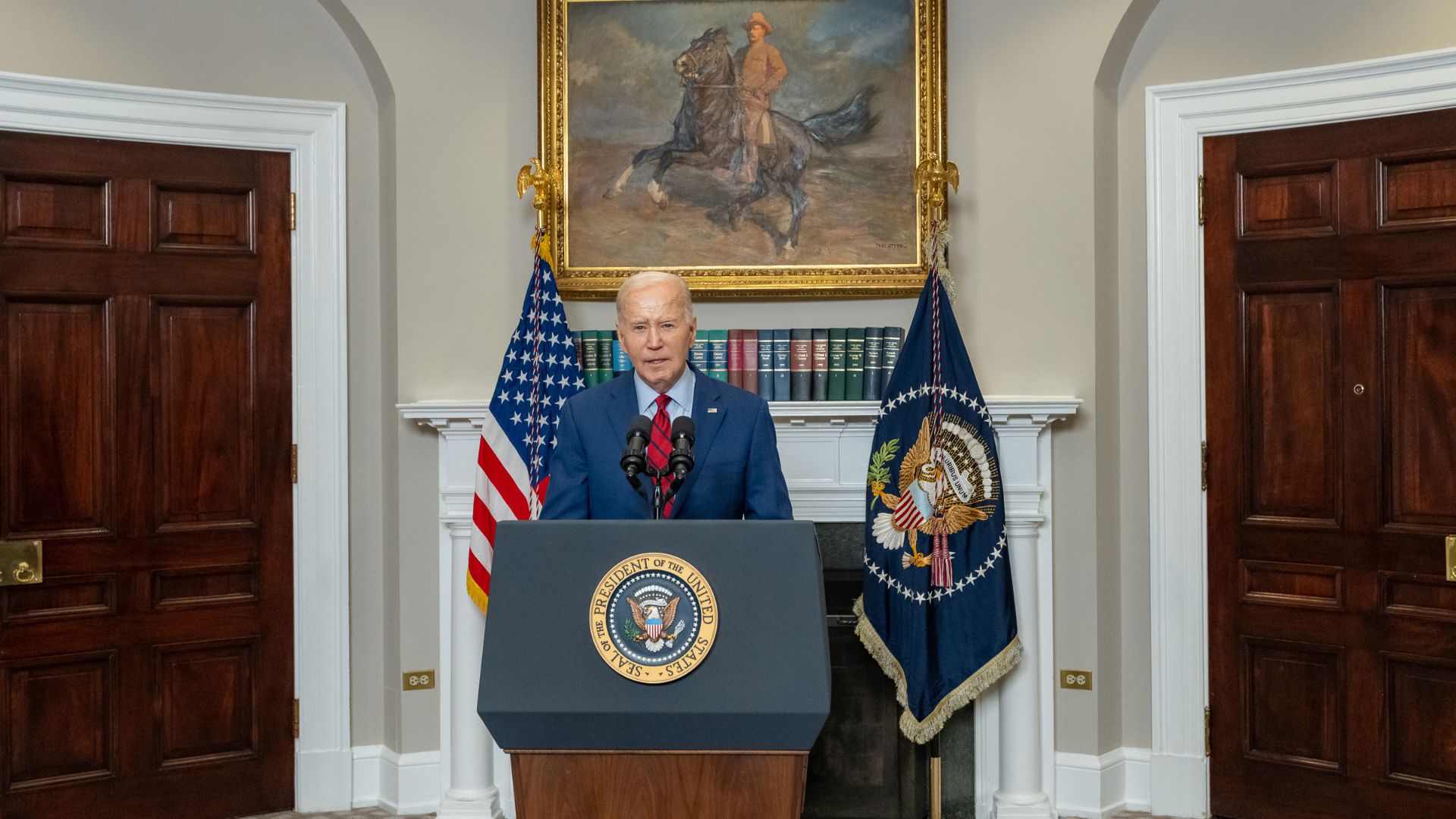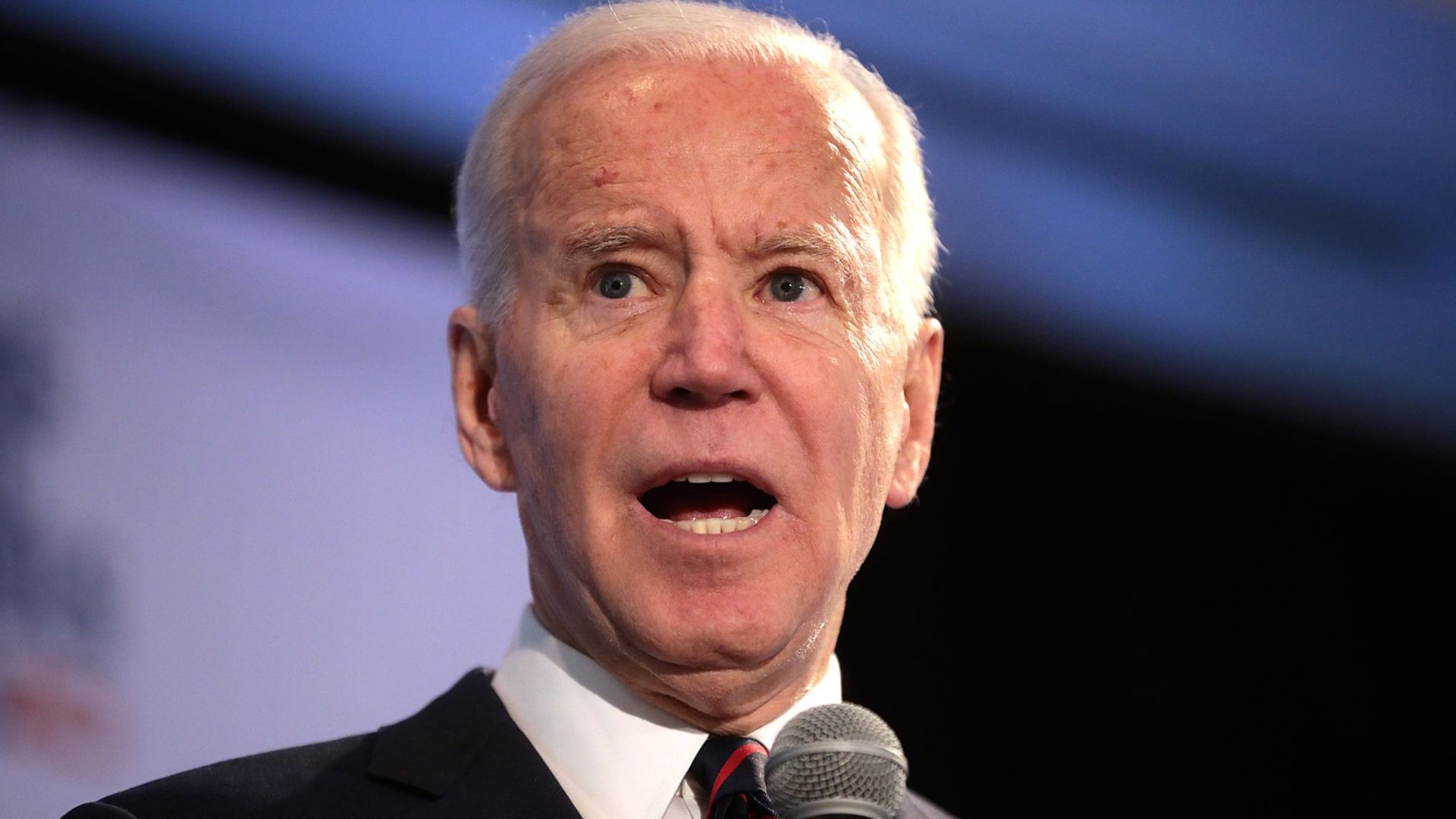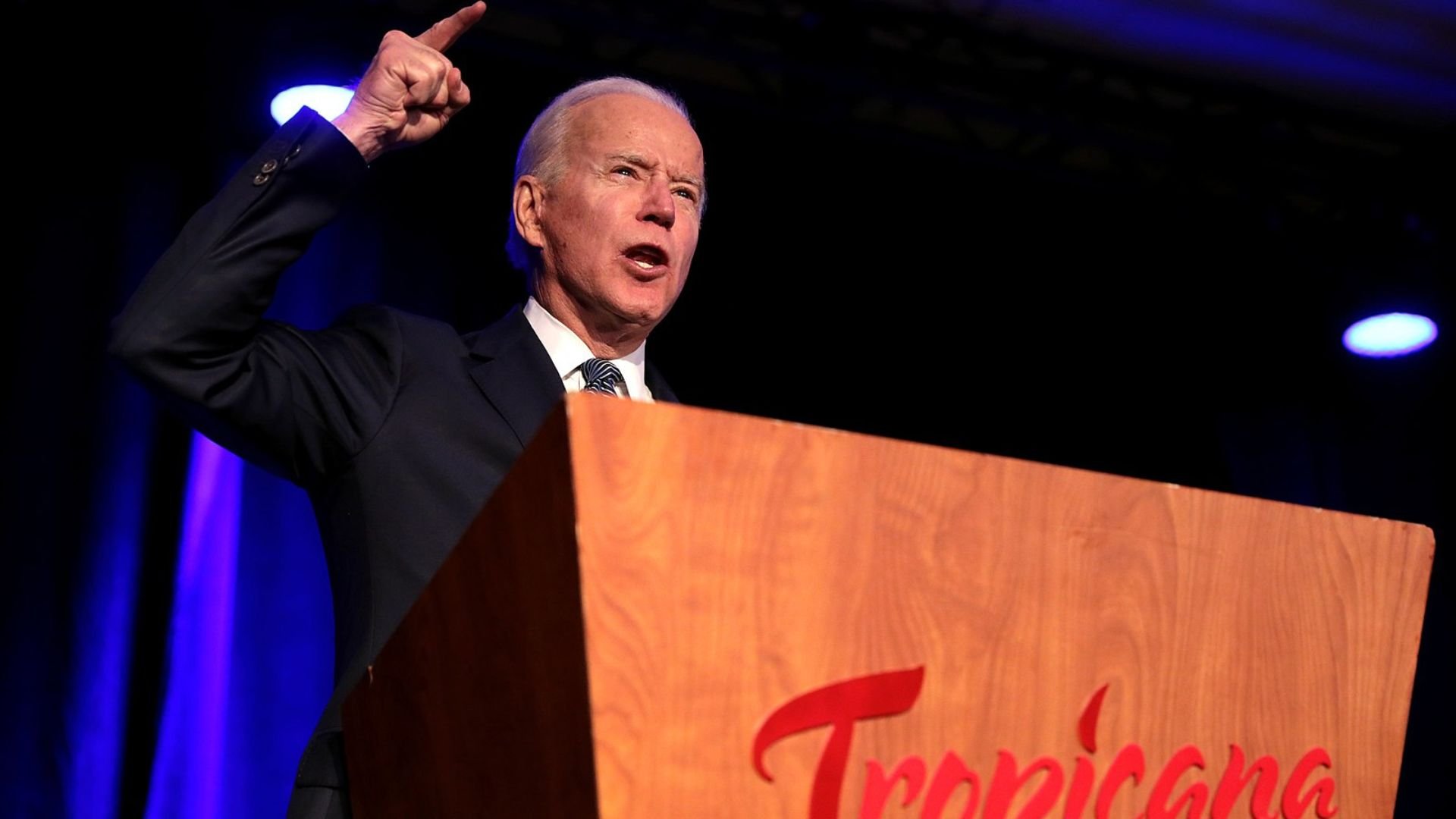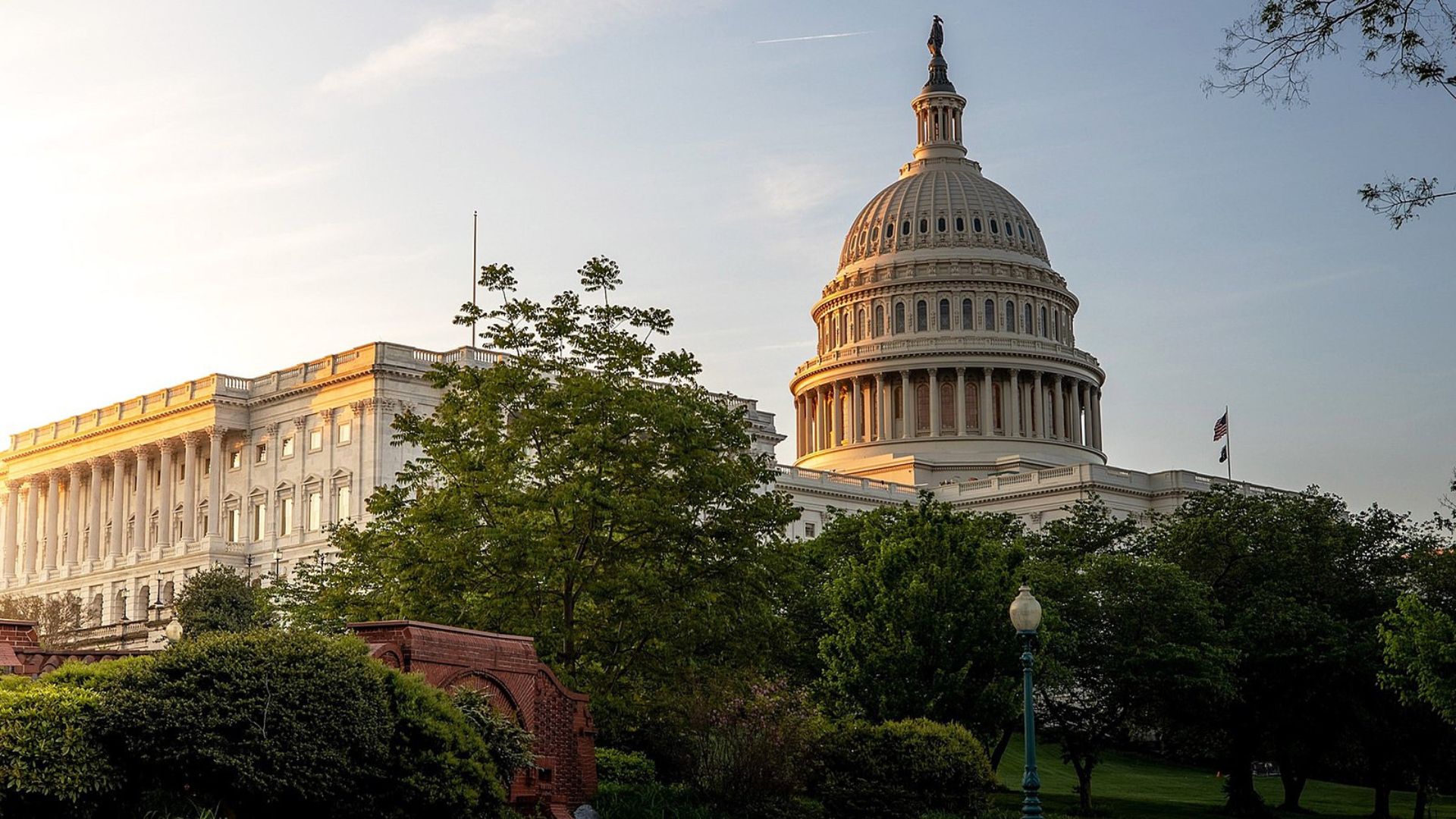President Joe Biden’s tax plan could bring a dramatic shift for residents in eleven states. If passed, they’ll see over half of some profits from asset sales going to taxes next year.
This is all part of Biden’s ambitious 2025 budget proposal, aiming to boost rates from the current ceiling of under 25%.
Historic Tax Proposal on the Table

Biden’s latest budget pitches a top marginal rate on long-term capital gains dividends of 44.6%, a level not seen since the tax’s inception a century ago.
This proposal would mean a major jump in taxes for high earners, potentially reshaping the economic landscape.
Warning Bells from Economists

The jump in capital gains tax has many economists worried about its potential to stifle investment and slow down the economy. The administration says it’s targeting the wealthy, but not everyone agrees.
“The Biden administration may think they are going after the ‘super wealthy’ with this proposal, but the opposite will be true,” noted Dan Savickas from the Taxpayers Protection Alliance.
California Could Feel the Biggest Pinch

If Biden’s plan goes through, Californians might end up with the heaviest tax burden in the country, facing a combined capital gains tax rate of 57.9%.
This significant uptick could impact many investors and savers in the state.
New York and New Jersey Not Far Behind

The stakes are also high in New York and New Jersey, where residents could endure a combined capital gains tax of 55.5%.
Such rates could profoundly affect investment decisions and economic activities in these key states.
Minnesota and Oregon in the Mix

Not to be outdone, Minnesota and Oregon could see total capital gains rates of 55.45% and 54.5%, respectively.
This includes both the state and proposed national rates, indicating a broad financial impact across these regions.
Widespread Impact Across Other States

Other states like Maine, Nebraska, Idaho, Iowa, Kansas, and Georgia are also facing potential rates exceeding 50%.
For example, Maine’s investors could be looking at a 51.75% combined rate, a number that’s echoed in varying degrees across these states.
Who’s in the Crosshairs?

The tax increase specifically targets individuals earning more than $1 million annually and with investment incomes over $400,000.
These high earners are the primary focus of the proposed tax changes, which aim to redistribute economic responsibilities.
A Look Back at History

This isn’t the first time capital gains taxes have dominated fiscal debates.
Back in the late 1970s, President Jimmy Carter set the top marginal rate at 40%, previously considered a peak. Today’s proposals dwarf those figures.
Business Leaders Sound the Alarm

Tal Zackon, CEO of TRES Finance, voices a strong concern about the impact on businesses.
“Consequently, we could possibly see an unintended domino effect, where capital is moved overseas and used to invest and grow outside of the U.S.,” he explained, highlighting the potential for significant economic fallout.
Beyond Domestic Borders

The ripple effects of the proposed tax increase could extend globally.
“There will definitely be an aftershock from implementing the highest capital gains tax in U.S. history and the world,” Zackon further added, stressing the worldwide implications of such a policy shift.
The Road Ahead for Investors

As the debate continues and Biden’s proposal makes its way through Congress, the financial community remains on edge.
The decisions made could drastically alter investment landscapes and strategic planning for numerous investors and companies across the affected states.
